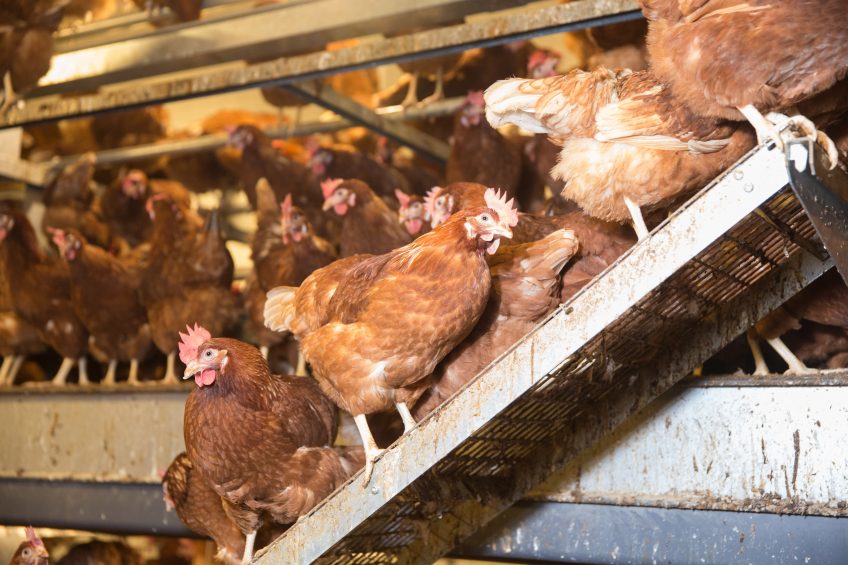Red mite set to soar this spring

Forced housing of birds due to avian influenza is likely to lead to a higher risk of red mite infestation this spring, according to veterinary practice.
Poultry veterinary practice St David’s Poultry Team say there is a danger of red mite populations exploding, particularly when the weather becomes warmer.
Red mite is very common in commercial laying hens, affecting 80-90% of large scale units and two thirds of back yard flocks. Mite infestation is associated with welfare issues such as feather pecking, cannibalism, anaemia and increased irritation and restlessness.
The financial cost of red mite infestation
In commercial terms, poultry red mite is estimated to cost £150m across the EU through hen mortality, reduced egg production and reduced egg quality.
Alison Colville-Hyde, field services manager at St David’s Poultry Team, said: “Red mite can be debilitating to hens and irritating to egg collectors, as well as causing economic loss through downgrades and increasing the risk of disease transfer.”
She said the forced hosing of birds and the warm weather favoured the red mite’s life cycle and she urged producers to check for infestations.
Red mite puts huge stress on the birds
“Mite infestations can cause huge stress on the birds: Initially, you may not realise the mites are present, but as their population develops the hens become agitated, often hardly resting during the night, which is an important time for them to relax and recharge ready for the next day’s feeding and egg laying.
Carry disease from 1 flock to the next
“Red mites can carry disease from one flock to the next and in heavy infestations they suck so much blood from the bird they can cause anaemia and eventually death. Egg production can dip and red streaks on the eggs, caused by the mites, may be seen too.”
Treatment
Ms Colville-Hyde said St David’s Vets had introduced a non-toxic treatment, Dergall, which worked by blocking the mite’s spiracles, through which they breath.
Used at 1%, one litre of Dergall dilutes into 100 litres of solution to spray – and can be safely sprayed directly on to birds.












